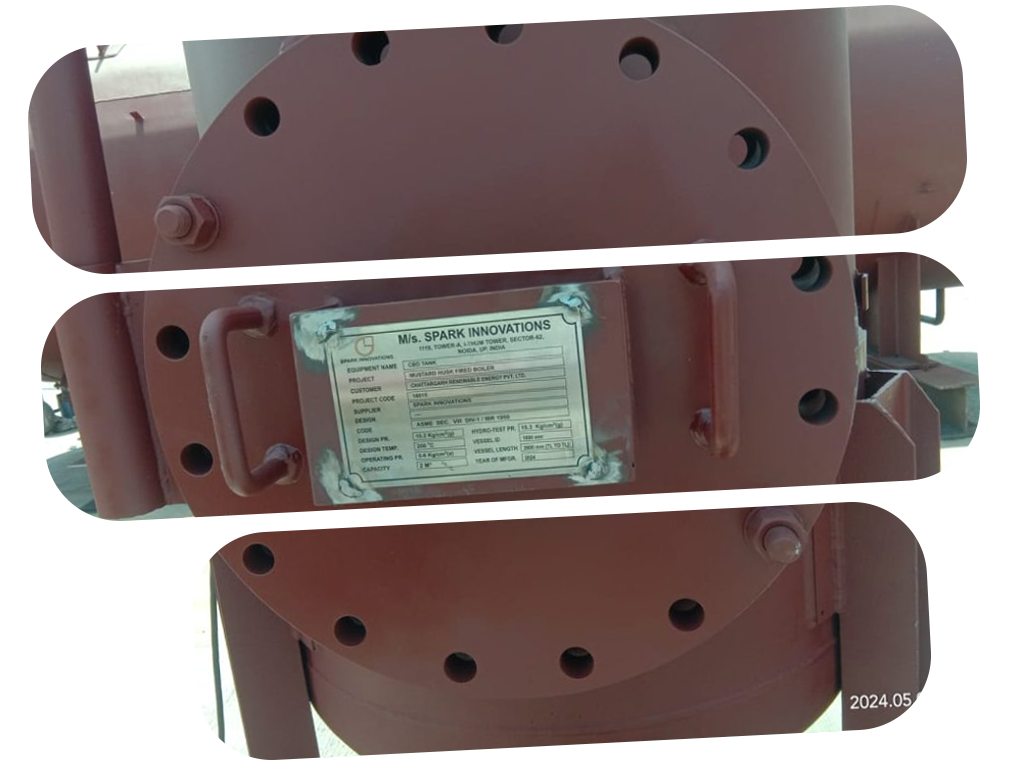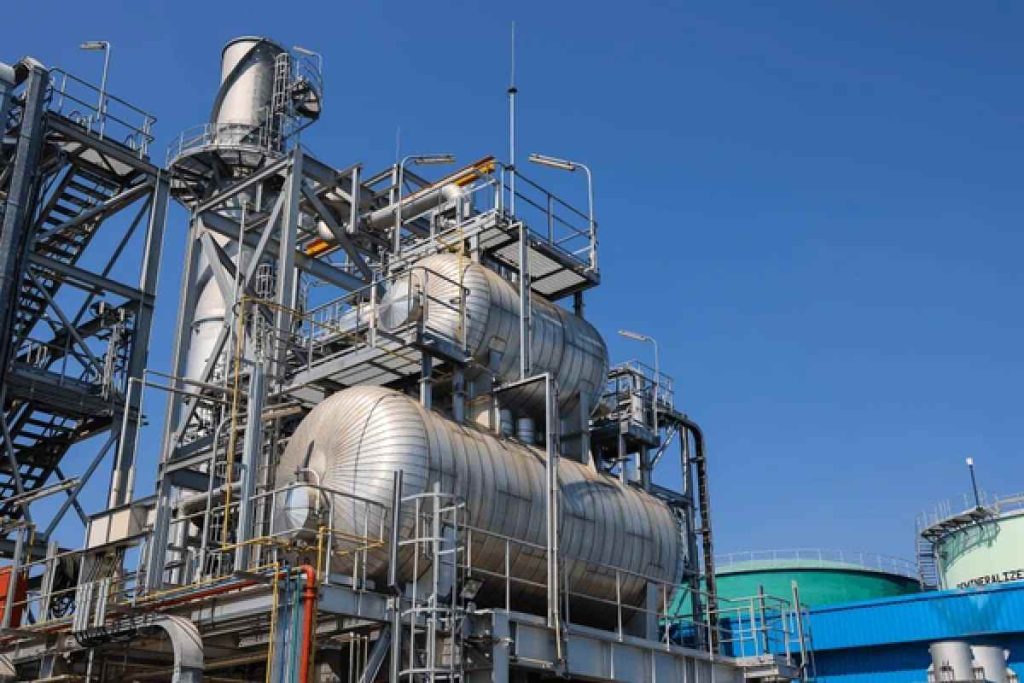Deaerator
Deaerator
Deaerators are mechanical devices that remove dissolved gases from boiler feedwater. Deaeration protects the steam system from the effects of corrosive gases. It accomplishes this by reducing the concentration of dissolved oxygen and carbon dioxide to a level where corrosion is minimized. Spark Innovations gets project wise support for Process Design from Stelring Deaerator Company, USA which is a stawlart in Deaeration in the world.The Performance of these Deaerators are guraranteed by Sterling Deaerator Company . these Deaerators.








Working principle of Deaerator
The removal of dissolved gases from boiler feedwater is an essential process in a steam system. The presence of dissolved oxygen in feedwater causes rapid localized corrosion in boiler tubes. Carbon dioxide will dissolve in water, resulting in low pH levels and the production of corrosive carbonic acid. Low pH levels in feedwater
cause severe acid attack throughout the boiler system. While dissolved gases and low pH levels in the feedwater can be controlled or removed by the addition of chemicals, it is more economical and thermally efficient to remove these gases mechanically. This mechanical process is known as deaeration and will increase the life of a steam system dramatically. Deaeration is based on two scientific principles. The first principle can be described by Henry’s Law. Henry’s Law asserts that gas solubility in a solution decreases as the gas partial pressure above the solution decreases. The second scientific principle that governs deaeration is the relationship between gas solubility and temperature. Easily explained, gas solubility in a solution decreases as the temperature of the solution rises and approaches saturation temperature. A deaerator utilizes both of these natural processes to remove dissolved oxygen, carbon dioxide and other noncondensible gases from boiler feedwater. The feedwater is sprayed in thin films into a steam atmosphere allowing it to become quickly heated to saturation. Spraying feedwater in thin films increases the surface area of the liquid in contact with the steam, which results in more rapid oxygen removal and lower gas concentrations. This process reduces the solubility of all dissolved gases and removes them from the feedwater. The liberated gases are then vented from the deaerator.
